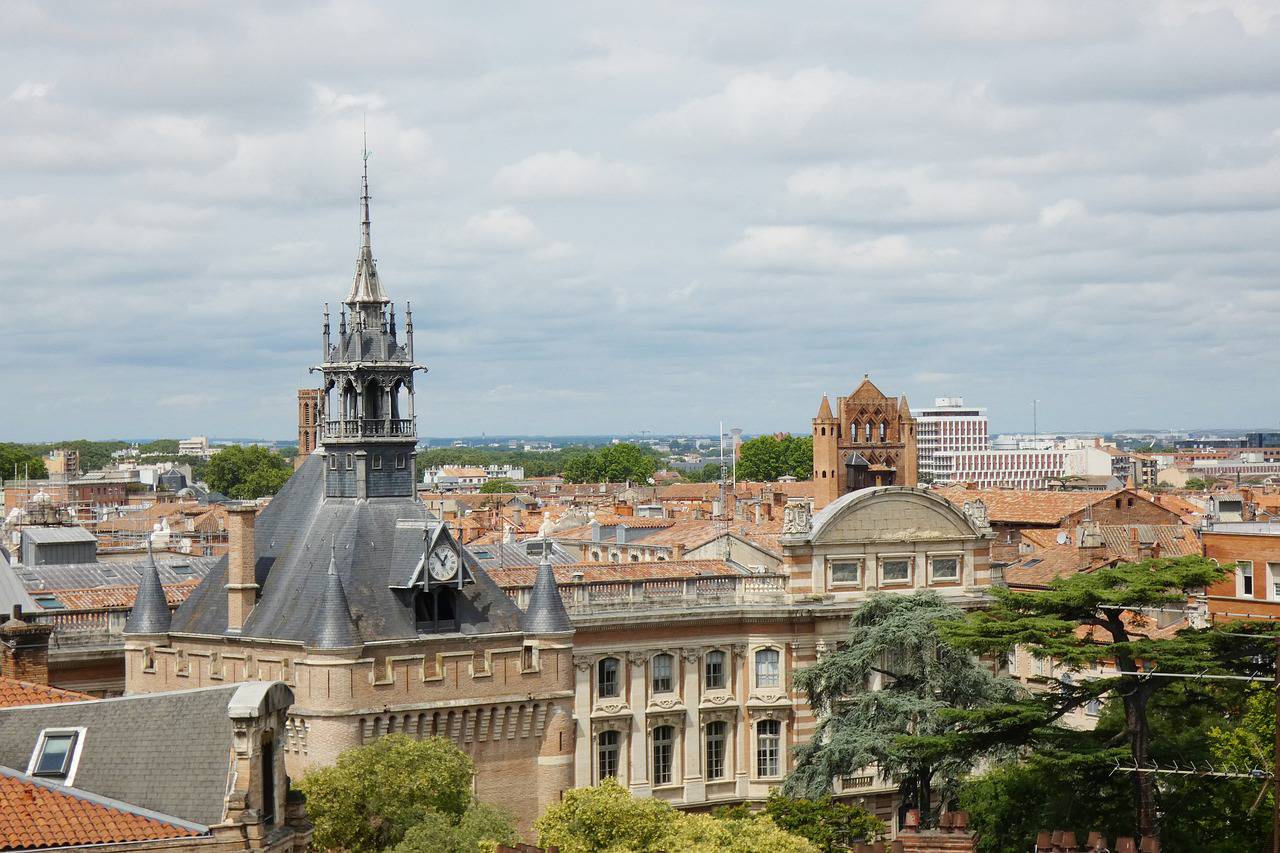Toulouse is known as la Ville Rose and is located along the banks of the Garonne River. This is because so many of the city's magnificent structures are constructed with pinkish brick, giving the metropolis a unique appearance. Woad, a blue dye used in Renaissance and medieval textiles, was the city's most valuable commodity and was used to pay for a large portion of its building.
The largest space center in Europe is located in Toulouse, which is currently Europe's aeronautical hub and home to Airbus's corporate headquarters. Toulouse's captivating museums, which examine ancient art, the cosmos, prehistory, the natural world, as well as art from the gothic period up to the impressionists, will pique the interest of interesting minds.
The towering palace with its pink hue seems to draw the city in and is older than it appears to be. Pieces are dating back to the 1100s, and the Capitole's Renaissance donjon is visible if you go around to the back of the structure.
The distinguished residence of the Bemberg Foundation, Hôtel d'Assézat, is a wonder in and of itself. The most renowned Renaissance architect in Toulouse, Nicolas Bachelier, created this home, which took close to 30 years to build. When Pierre d'Assézat's luxurious palace was finished in 1581, he had lost all of the money he had made from the woad trade.
This Jacobin convent epitomizes southern French Gothic architecture. It was completed in the 1300s and is renowned for its enormous size, which includes double vaults and naves that almost reach 30 meters in height. The palm tree column with its 22 ribs that bend outward to form the vault is the nicest part, and it can be seen at the apse.
If there was ever a day trip that could bring back your sense of wonderment as a youngster, it would be a theme park dedicated to space research. If you or your children are interested in the cosmos, you may spend the day taking in mind-expanding IMAX films and planetarium performances.
 Best time to visit
Best time to visit Language Spoken
Language Spoken Weather
Weather